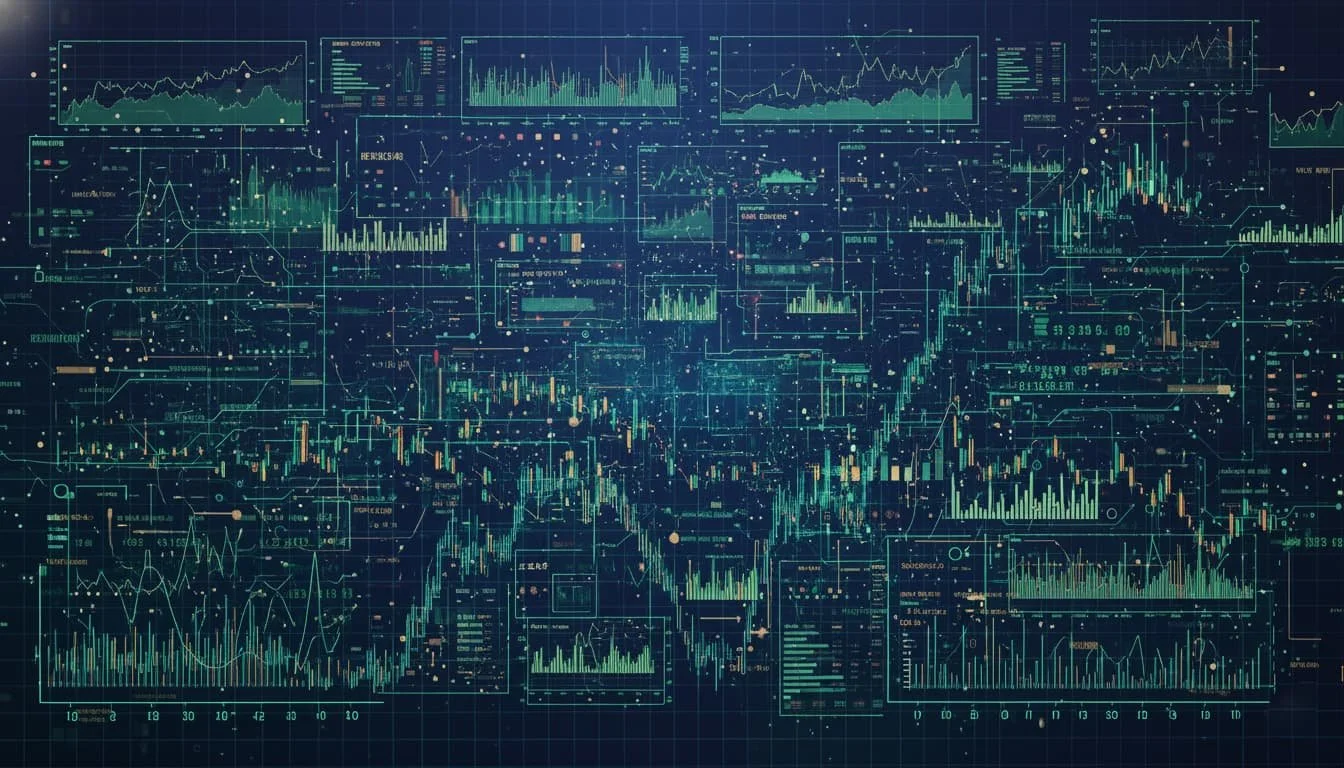News

Forecasting Financial Markets Using Multifractal Neural Networks
Traditional financial-market forecasting methods – ranging from statistical models to machine learning and neural networks – depend heavily on historical data, yet struggle with the inherent volatility and fractal dynamics of markets, which undermine their reliability and predictive power.
